What is Thermal Conductivity?
Why Use Ceramics for Thermal Conductivity?
Advanced ceramics are gaining traction in industries requiring high thermal conductivity combined with electrical insulation. Aluminum Nitride ceramic has a high thermal conductivity up to 230 W/mK, Boron Nitride up to 130 W/mK and the machinable material, Shapal Hi M Soft is 92 W/mK. Oxide ceramics are cost-effective and commonly used. They typically offer thermal conductivity between 26–30 W/mK . Metals like copper (~400 W/mK) and aluminum (150–240 W/mK) demonstrate high conductivity levels but are electrically conductive.
In this video, Professor Jon Binner details the materials commonly chosen for thermal insulation and their ranging values.
High Thermal Conductivity Ceramic Materials
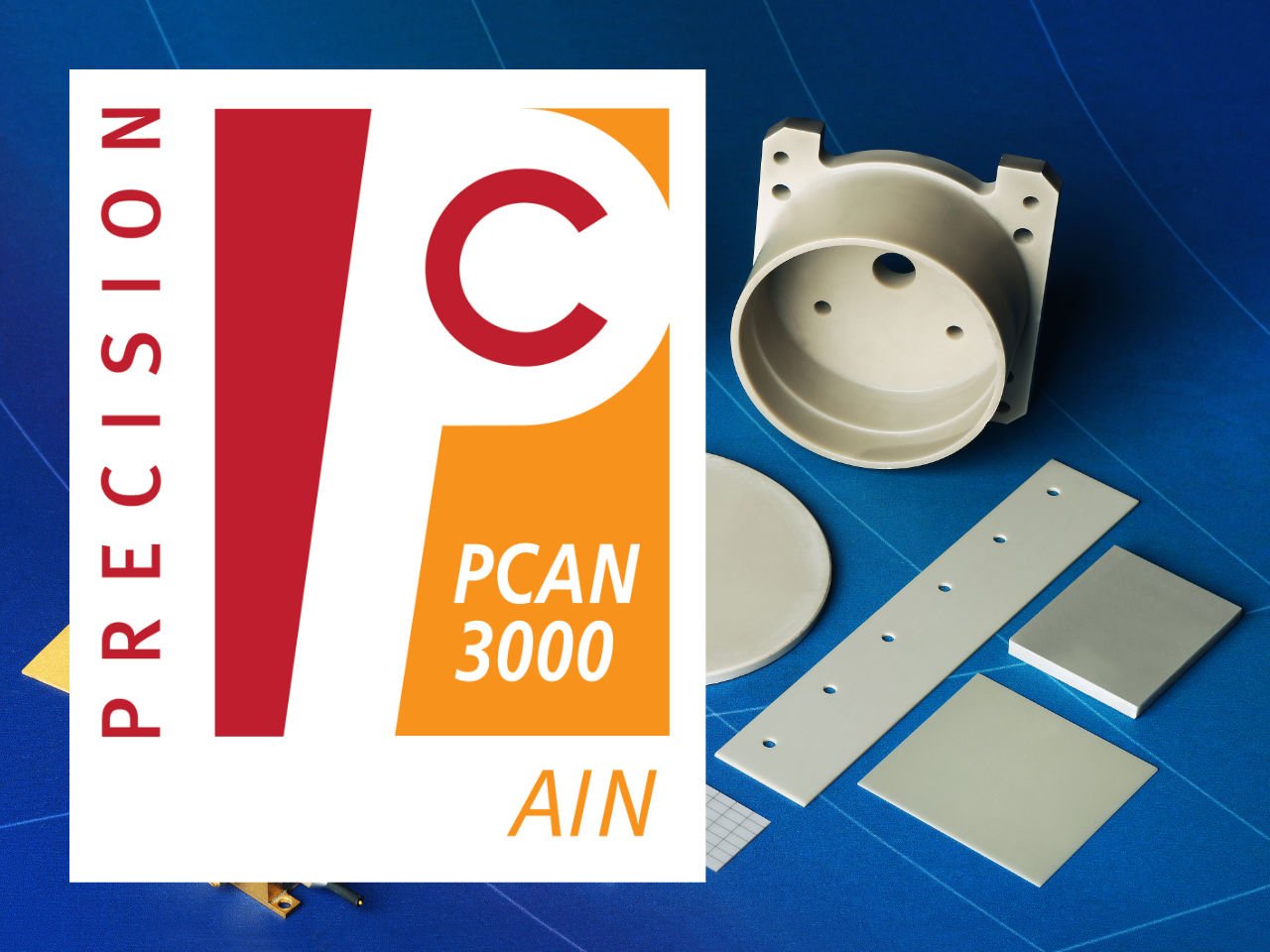
Aluminum Nitride (AlN) – CeramAlum™ PCAN3000
- Thermal Conductivity: 230 W/mK
- Key Features: High-performance grade combining mechanical strength and exceptional thermal conductivity.
- Best For: High-demand thermal management applications.
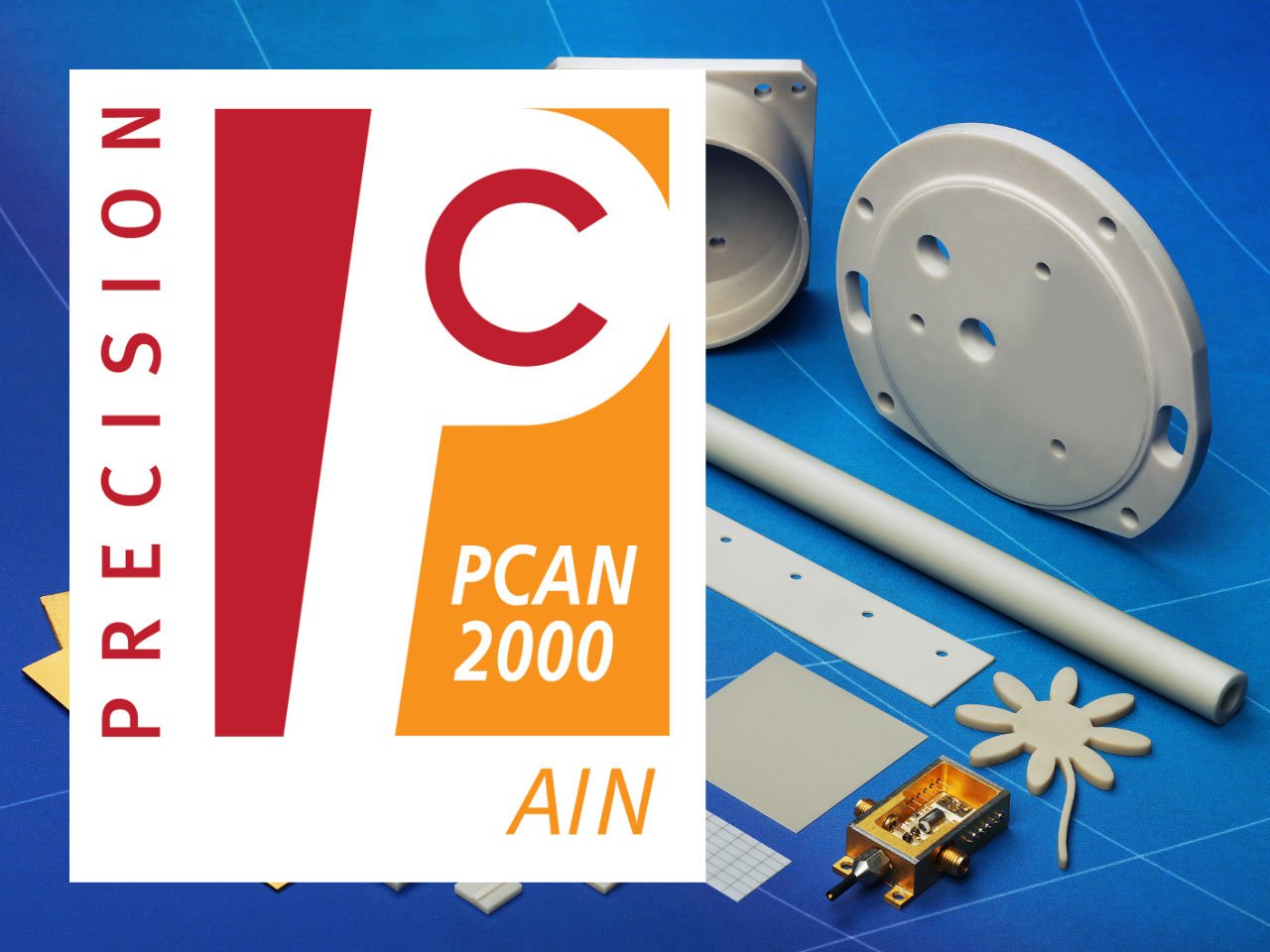
Aluminum Nitride (AlN) – CeramAlum™ PCAN2000 / 4000
- Thermal Conductivity: 200 W/mK
- Key Features: Advanced-grade AIN materials balancing durability and heat conduction.
- Best For: Applications requiring reliable, efficient heat dissipation.

Aluminum Nitride (AlN) – CeramAlum™ PCAN1000
- Thermal Conductivity: 170 W/mK
- Key Features: Standard high-purity AIN offering scalability in size and thickness (up to 30mm).
- Best For: Broad thermal applications needing larger ceramic parts.
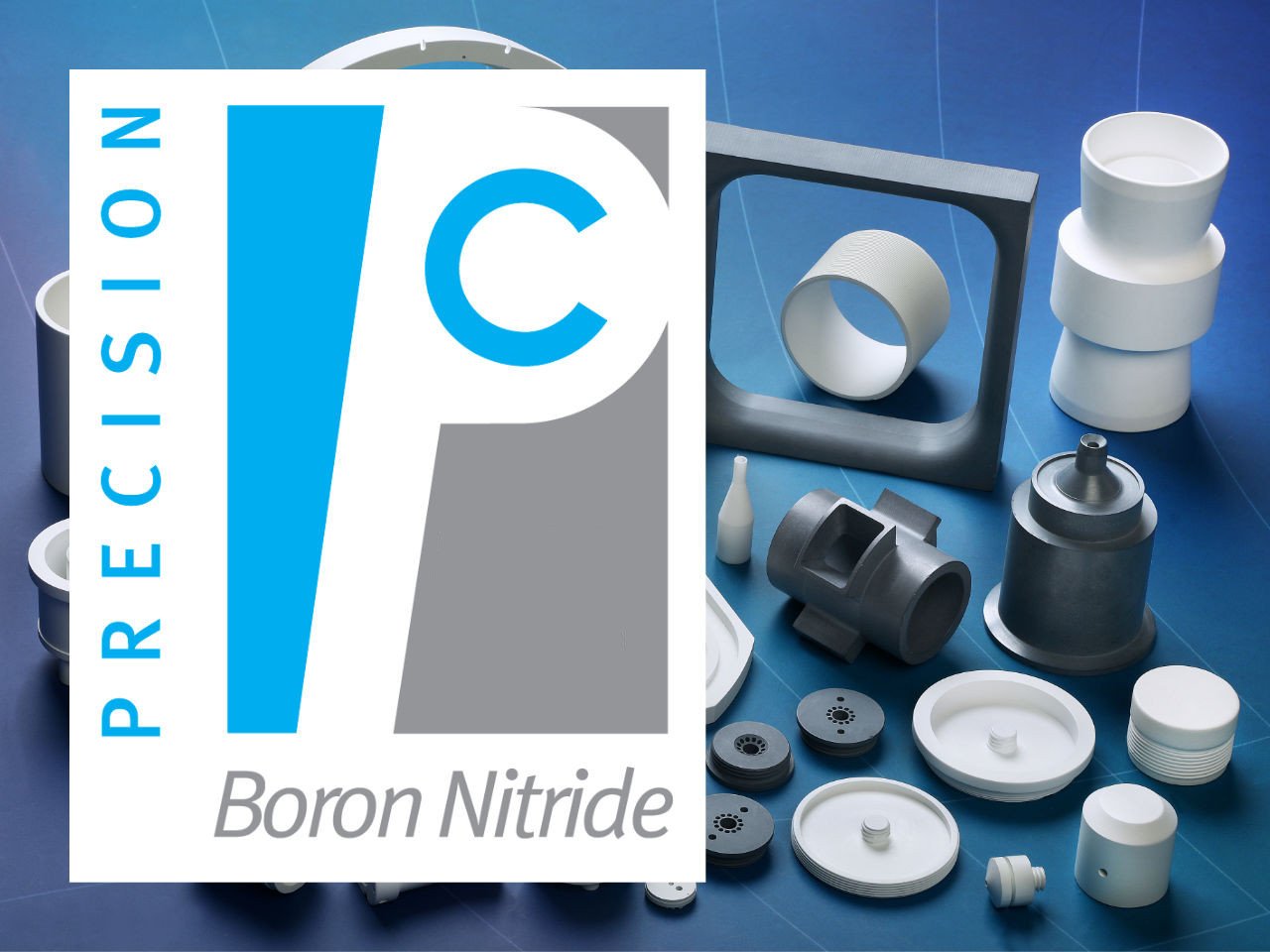
Boron Nitride (BN)
- Thermal Conductivity: 120 W/mK
- Key Features: Good electrical insulator with high thermal efficiency.
- Best For: Specialty uses involving sensitive electronics.
Low Thermal Conductivity Ceramic Materials
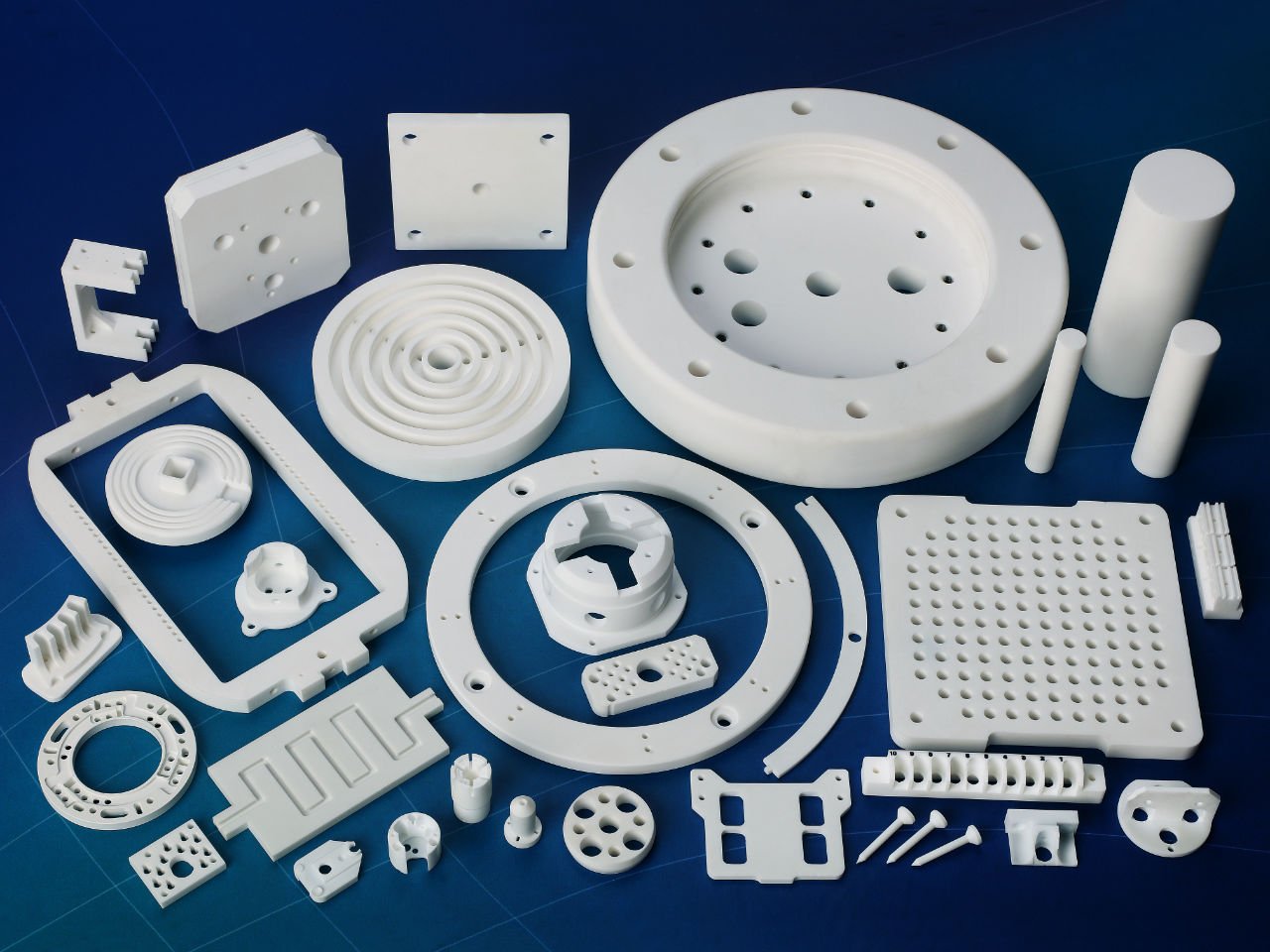
Macor® – Machinable Glass Ceramic
- Thermal Conductivity: 1.46 W/mK
- Key Features: Hybrid glass-ceramic with machinability and high electrical insulation. Fully dense and UHV-compatible.
- Best For: Applications requiring low thermal conduction, electrical insulation and easy machining.
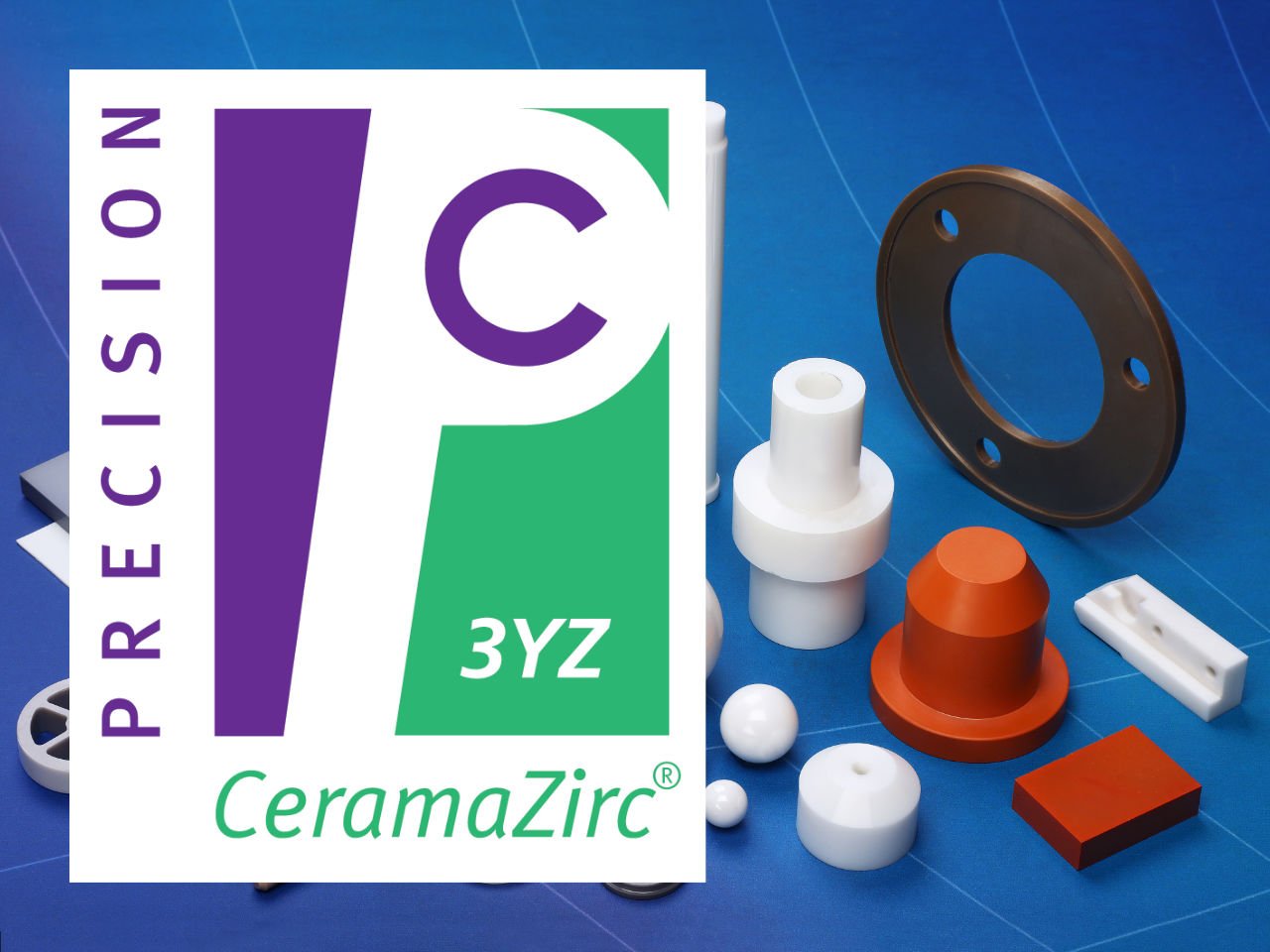
Zirconia (ZrO2) - CeramaZirc™ 3YZ
- Thermal Conductivity: 2 W/mK
- Key Features: High strength, toughness, wear resistance, and structural flexibility.
- Best For: High-strength applications with minimal thermal conductivity needs.

Zirconia (ZrO2) - CeramaZirc™ Ultra Tough
- Thermal Conductivity: 3 W/mK
- Key Features: Composite with partially stabilized zirconia and alumina platelets for enhanced toughness.
- Best For: Rugged uses requiring mechanical resilience and low thermal transfer.
Factors Influencing Thermal Conductivity in Ceramics
- Grade and purity of material
- Operating temperature range
- Material interfaces and joints
- Passive vs. active cooling systems
These variables greatly influence thermal transfer efficiency, especially in multi-material assemblies where interface losses occur.
Which Materials Can Be Used As Thermal Barriers?
Get Expert Advice on Choosing the Right Ceramic Material
Whether you are designing in electronics, aerospace, or industrial thermal management, advanced ceramics such as Aluminum Nitride and Boron Nitride offer exceptional thermal conductivity, mechanical strength, and electrical insulation—making them ideal for high-performance applications.
Maximize your system’s efficiency with the right materials. Contact us for expert support—our team provides custom material recommendations tailored to your specific needs.
Ceramic Material Comparison Chart
Frequently Asked Questions
-
Which applications may require thermal insulation or thermal conduction properties?
High thermal conductivity materials play a crucial role in preventing overheating in furnaces, industrial processing systems, aerospace, electronics. Discover why efficient heat transfer is key to keeping electronics running smoothly and reliably.
-
Why is Aluminum Nitride preferred for thermal applications?
It offers excellent heat conduction (up to 230 W/mK) while maintaining electrical insulation.
-
Can ceramic materials compete with metals in thermal conductivity?
While ceramics like AIN offer high thermal conductivity, metals still outperform them—but ceramics also offer electrical insulation and chemical stability.
-
What limits ceramic thermal conductivity?
Grain boundaries, impurities, porosity, and material interfaces.
Related Properties
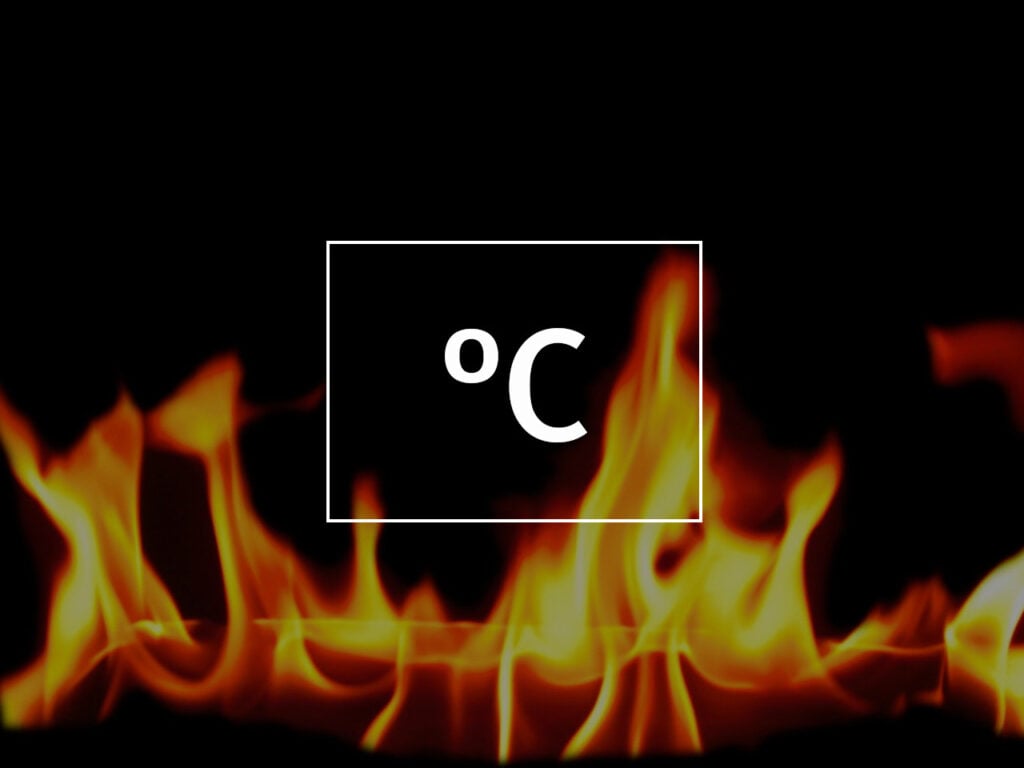
Maximum Temperature
Advanced ceramics are well known for their heat withstanding properties in which they only start to melt at temperatures around 2000℃. In comparison to more common ceramic materials such as tile or brick, they start to melt at temperatures around 650℃.
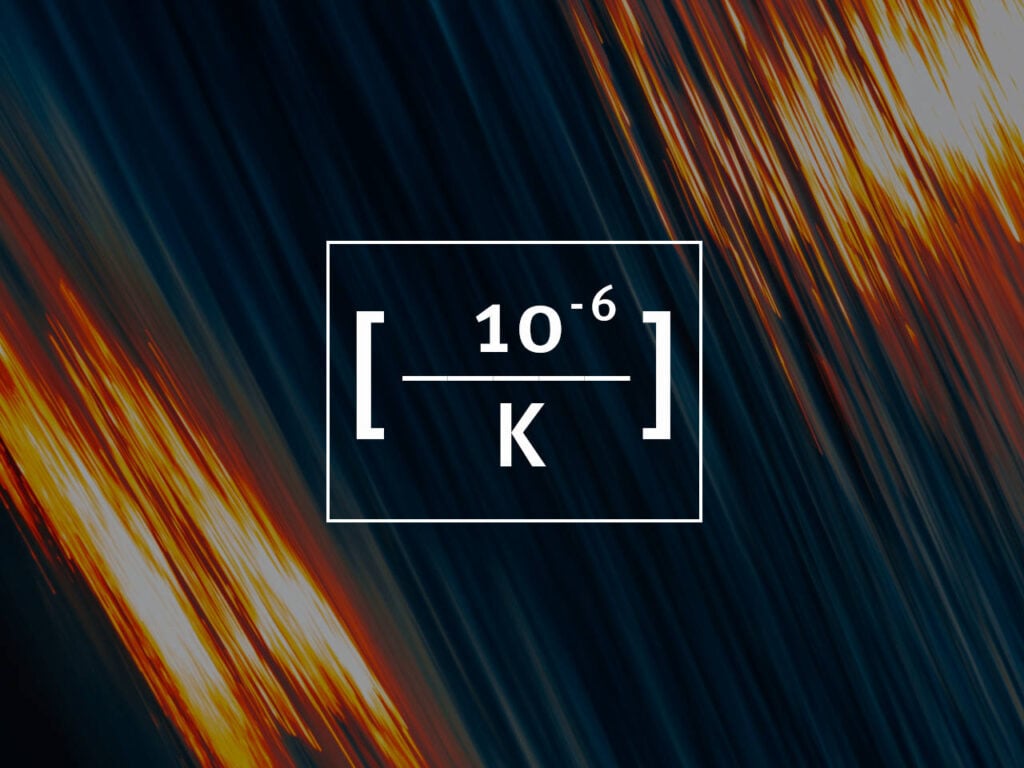
Thermal Expansion
Advanced ceramics have generally low coefficients of thermal expansion which is the measure of how much a material expands due to a rise in temperature. When heat is applied to most materials they expand due to their atomic structure, due to ceramics atomic composition they are able to stay stable across a wider range of temperatures.

